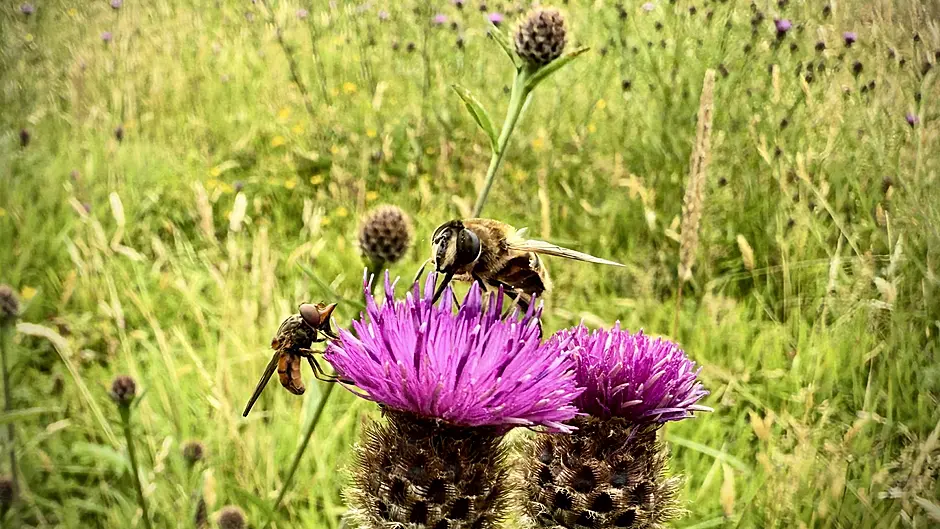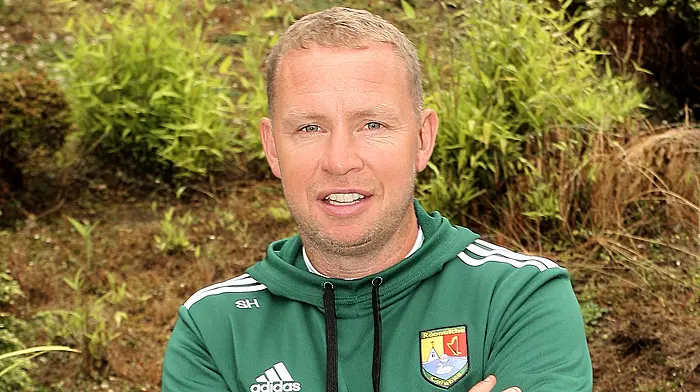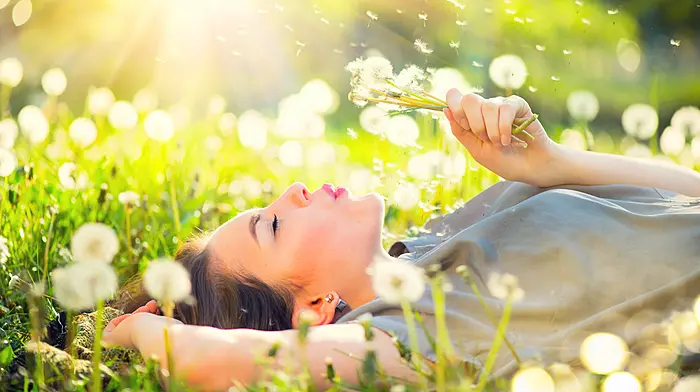
As readers of this column will know, I am no stranger to travelling across West Cork to explore and share the region’s varied habitats and wildlife.
Autumn is ideal for touring woodlands in search of fantastic fungi.
Early spring is my favourite time to visit the shore and sample rockpool life, while winter is perfect for exploring wetlands and admiring the diverse array of wading birds that arrive for the colder season.
So where is best in summer? The answer is, simply everywhere. What I really love, though, is that you do not need to travel at all to observe some truly remarkable creatures.
Summer brings wildlife quite literally to our back doors.
The joy of stepping outside and enjoying nature in a garden is a privilege I will never take for granted.
I am fortunate to have a fairly large outdoor space, but even the smallest garden or outdoor area can offer lovely surprises during the warmer months.
Garden wonder
What I do might be described as ‘managing your garden for wildlife’, although the word ‘managing’ suggests a more active approach than I usually take.
In reality, my style is largely passive. There is less mowing, less cutting back, and far less controlling of valuable native plants that some might label as weeds.
The hedges are left untrimmed and full of brambles, offering habitat and berries for both humans and birds.
Over the past three years, what was once a green desert of grass has transformed into a space full of wildflowers.
Dandelions were the first to appear, and this summer I have enjoyed a display of daisies, buttercups, common sorrel, selfheal, yarrow, red and white clover, teasels, and bird’s-foot trefoil.
At present, the predominant plant is common knapweed. Its bright purple flowers are filling the lawn, each one busy with visiting bees and butterflies.
 Some of the many small tortoiseshell butterfly caterpillars feasting on our nettles.
Some of the many small tortoiseshell butterfly caterpillars feasting on our nettles.
Ecosystem in action
The lawn had become so full of knapweed that I wondered if this might be a problem for wildflower diversity.
Then, nature provided its own solution. One evening, as I walked through the sea of purple, I spotted a small but striking yellow and brown moth that I had never spotted before.
It was Agapeta zoegana, commonly known as the bright straw or sulphur knapweed moth.
The larvae of this native species feed on knapweed and the moth is even used as a biological control agent in the United States, where both plant and moth are non-native. After spotting one, I spotted more and more, all focussing their attention on the knapweed.
This moth is just one example of how balance is maintained naturally in the garden, without any interference from me.
Ideal. Many knapweed stems are also covered in aphids, which attract ladybirds in turn. It is wonderful to witness these small but complex ecosystems in action, and to spot so many species just by walking from the house to the car.
Healthy wilderness
Some parts of the garden might look a little unkempt, but closer inspection reveals wonder and beauty, and the apparent ‘mess’ serves a vital purpose.
Dead wood provides shelter for insects and fungi, which in turn feed birds and other species.
One large section near the compost heap is full of nettles, and this year it has been a marvel, teeming with the caterpillars of small tortoiseshells and red admirals.
This has led to a huge emergence of bright, fresh small tortoiseshell butterflies in the garden, which has been joyful to witness.
 The sulphur knapweed moth (Agapeta zoegana) whose larvae feed on the roots of knapweed.
The sulphur knapweed moth (Agapeta zoegana) whose larvae feed on the roots of knapweed.(Photos: Ann Haigh)
Native plants
Since allowing native plants and wildflowers to flourish, there has been a noticeable increase in wildlife, from invertebrates to birds and mammals. A common misconception is that any flowers will support insects. While non-native and invasive plants such as buddleia, often called the butterfly bush, do attract butterflies, native plants are far more beneficial. They not only provide nectar and pollen but also serve as food plants for insect larvae, enabling insects to complete their life cycles.
For example, instead of buddleia, allow native wildflowers such as thistle and bird’s-foot trefoil to bloom. Butterflies enjoy feeding from these plants, but they also support caterpillars and a wide range of other invertebrates. Painted lady caterpillars feed on thistle, and common blue butterfly caterpillars rely on bird’s-foot trefoil. Native plants have evolved alongside our native insects and are essential for maintaining diverse invertebrate life, and everything in the food chain that follows.
Keep things safe
When making your garden more attractive to wildlife, it is important to think about the safety of the creatures you might attract. Ironically, it was in my own garden that a hedgehog came to
harm.
While we were away for a few days, my mother rang in distress to say a hedgehog had become entangled in my sons’ football goal netting. I felt awful and deeply guilty. I had read about garden hazards for hedgehogs, yet had still failed to prevent one.
Thankfully, with the help of neighbours and some care, the netting was removed and the hedgehog freed. It was a valuable lesson. Netting of any kind can be dangerous to birds and small animals such as hedgehogs, as it can easily entangle and trap them.
Future plans
Although the garden has already become a rewarding haven for wildlife, a few plans remain. I hope to dig a pond, which would add huge value for nature. Ponds create new habitats for many species, and also support birds by providing places to bathe and drink. In time, summer could bring dragonflies and damselflies to the garden, and perhaps even frogs or newts.
There are still some non-native plants I hope to remove to make space for native species, and I would also like to plant a few more trees. Perhaps another oak tree to join the one already growing here. It may not become significant in my lifetime, but it would be lovely to leave a legacy and ensure that the simple pleasures the garden provides will continue for generations to come.








